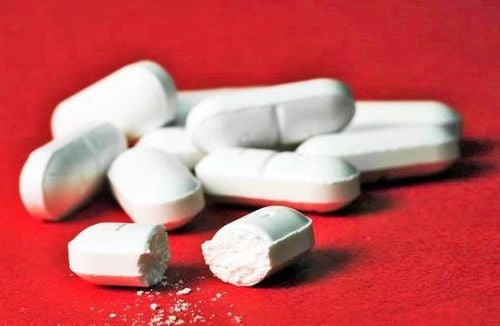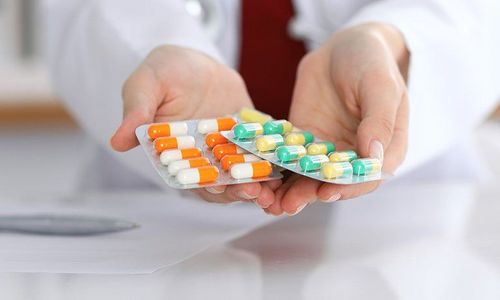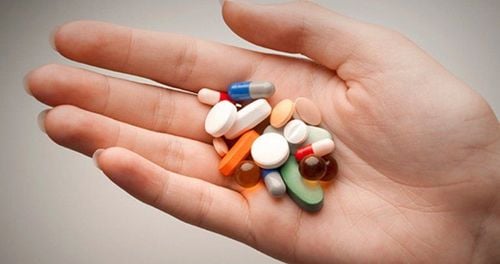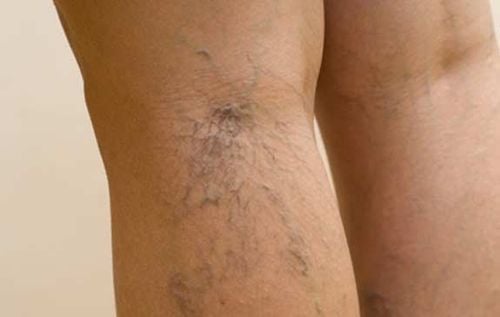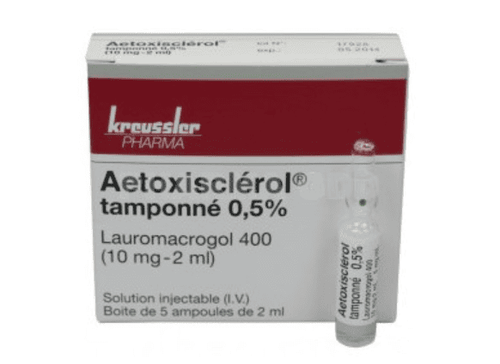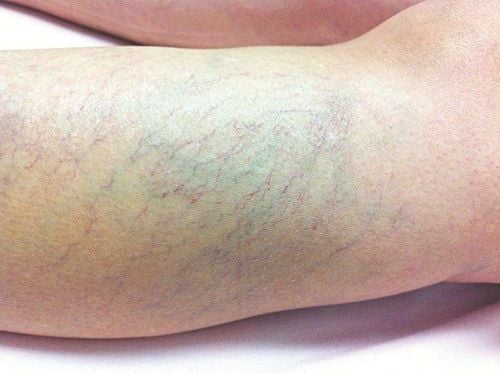This is an automatically translated article.
The article was professionally consulted by Dr. Ngo Dac Thanh Huy - Cardiologist - Department of Medical Examination & Internal Medicine - Vinmec Danang International General Hospital.Varicose veins usually only affect aesthetic factors, but in case the patient does not have definitive treatment, the disease can progress seriously, causing a lot of impact on quality of life. . Taking the treatments prescribed by your doctor is the most effective way to manage this condition.
1. What is varicose veins?
In veins, there are valves that prevent blood from flowing upstream. When the valves are damaged and weakened, the blood in the veins will circulate without control, creating pressure, causing varicose veins, varicose veins or bulges on the skin. The dark blue and purple varicose veins stand out on the skin and are called varicose veins. Usually, patients often have varicose veins in the legs, esophagus, anus (hemorrhoids), scrotum in men (varicose veins).
Patients with varicose veins have: Veins are prominent under the surface of the skin (blue or red), there is a feeling of sharp pain, discomfort, heaviness or burning in the legs, or cramps in the legs. legs at night, swelling of the feet and ankles, the skin on the varicose veins is often dry, itchy, ... and thinner than normal skin, sores or infections in the ankles,... In case the patient forms a blood clot in the vein, moving to the lungs can cause pulmonary embolism with symptoms of shortness of breath, chest pain, rapid pulse, respiratory failure,...
2. Why have varicose veins?
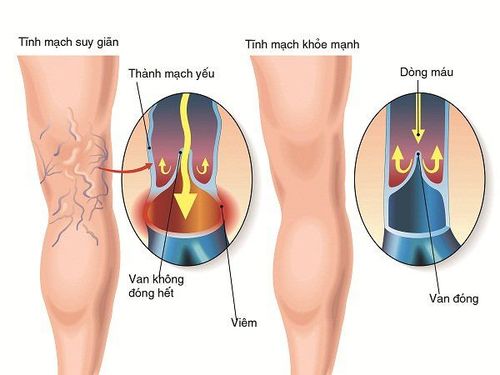
Those prone to varicose veins include:
People who stand, sit for a long time, sedentary: People who work as teachers, office workers, traffic police, tailors,... quality of work having to stand and sit for too long. This long-term condition causes blood to pool in the legs, stagnate, create pressure, hinder the return of blood to the heart and lead to varicose veins; People who wear high heels: Regularly wearing high heels and wearing tight clothes puts women at a higher risk of varicose veins than men. The reason is because high heels increase pressure on the peripheral venous system, increase pressure on the legs and cause varicose veins of the lower extremities; Obese patients: People with obesity are prone to varicose veins because they have an unhealthy diet and are sedentary. At the same time, too much body weight puts great pressure on the legs, causing varicose veins; Pregnant women: During pregnancy, the cervix of a pregnant woman expands, increases secretions and changes hormones suddenly. High levels of female hormones, combined with the growing fetus, cause venous compression, obstructing blood return to the heart, leading to varicose veins of the legs; Other target groups: Elderly people, people lying motionless due to accidents, people who often work in high temperature environments (cooks, metallurgical workers,...), people who have had urological or trauma surgery. orthopedic injuries, ... are also at high risk of this condition.
3. How to get rid of varicose veins?
When there are any signs of suspected varicose veins, patients need to quickly go to medical facilities to be checked. When diagnosed with the disease, the doctor will depend on the severity of the disease to give an appropriate treatment plan. The effectiveness of the treatments will depend on the individual patient. Some notes to control varicose veins include:
3.1 Change your diet Add more foods rich in fiber such as beans, seeds, whole grains, wheat, oats,... in diet because they can prevent constipation , reduce the risk of bowel obstruction that puts pressure on blood vessels;
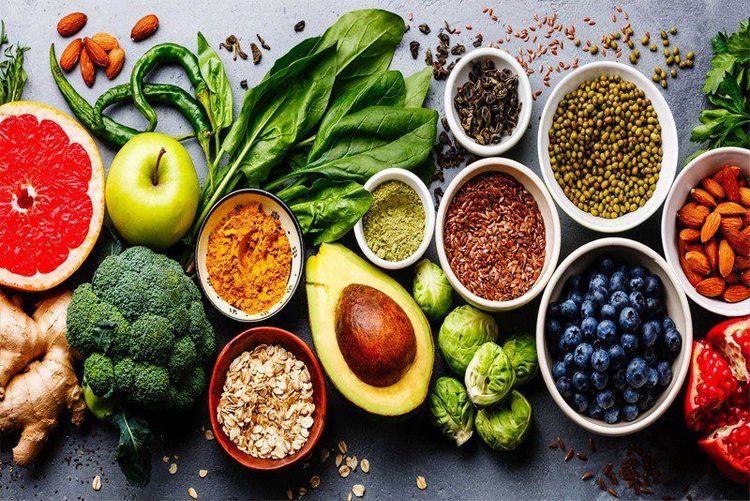
Eat more foods containing flavonoids to improve blood circulation, reduce pressure in blood vessels, thereby reducing varicose veins. Some foods that the patient should eat include: Garlic, oranges, lemons, grapes, cherries, blueberries, apples, onions, bell peppers, broccoli,...; Eat more foods rich in potassium such as almonds, potatoes, salmon, tuna, green leafy vegetables, ... because they reduce water retention in the body, improve varicose veins. 3.2 Increase mobility Can patients with varicose veins exercise? According to experts, regular physical activity is an effective measure to improve varicose veins. Some exercises that the patient can apply include:
Leg lift: Every day the patient should spend at least 1 hour on leg lifting exercises. Specifically, the patient raises the leg to the level or above the heart position, holds the leg in this position for at least 20 minutes, done 3-4 times a day. This measure helps improve blood circulation to the veins in the legs, reducing pressure in the veins, thereby helping to control varicose veins. People who spend a lot of time sitting like office workers should keep their legs elevated (it can be done while working or at rest); Appropriate physical exercise: Physical exercises that help increase blood circulation, effective in the treatment of varicose veins include walking, cycling, swimming, yoga, ankle rotation,... Patients Pay attention to choose gentle exercises that do not put too much pressure on the legs. 3.3 Wearing Varicose Socks Varieties socks (socks) help to put the right pressure on the legs so that the veins do not expand further. At the same time, it also supports the muscles and veins in directing blood flow to the heart, preventing blood from flowing backwards. People who often stand, sit or walk for a long time should wear varicose socks to reduce swelling, pain, and discomfort in the legs.
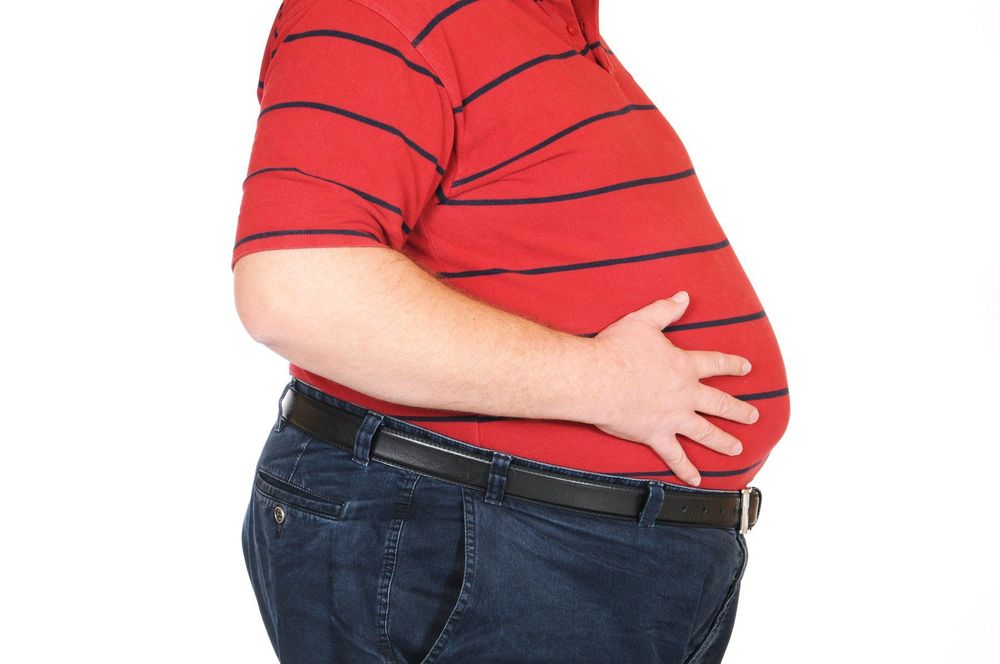
3.4 Change lifestyle habits Avoid standing or sitting for too long. If the job requires standing or sitting for a long time, you should change your position often to avoid blocking blood circulation; Avoid wearing high heels for a long time, should limit wearing tight, uncomfortable clothes; Massage regularly in the legs to support blood circulation in the veins. When massaging, it should be done gently, using full hand or finger pressure to move in the area of varicose veins, avoiding pressure on large veins; Maintain a healthy weight, not overweight or obese. The above measures only work for cases of mild and moderate varicose veins. For patients with more severe disease, laser ablation may be indicated. This method is used when the above methods are not effective, the patient has more swelling, pain, and discomfort. During this procedure, your doctor uses a tube with a laser at the tip, which is threaded through the varicose vein. The laser will seal the vein walls and blood will no longer flow through them. The doctor then removes that vein.
When having varicose veins, patients should follow a healthy, scientific diet, lifestyle, and apply the measures suggested above to support effective treatment of the disease, prevent further complications. possible complications in the future.
The most serious complication of varicose veins of the lower extremities is the formation of thrombus in the lumen of the vessel, causing occlusion, the development of pigmented plaques on the skin and necrotic ulcers in the skin. To help customers effectively screen for this disease, Vinmec International Hospital offers a package of lower extremity venous insufficiency tests to help determine the causes, complications and grade of venous insufficiency.
When choosing to use the lower extremity venous insufficiency package, customers will receive:
Cardiology specialist examination (by appointment) Peripheral blood cell analysis (by laser counter) Glucose quantification Creatinine quantification Quantitative Pro Calcitonin Measure AST Activity (GOT) Measure ALT Activity (GPT) Measure LDL - C (Low density lipoprotein Cholesterol) Quantify Triglycerides Quantify Cholesterol Electrolytes (Na, K, Cl) Normal Electrocardiogram Ultrasound heart, pericardium through the chest wall Straight chest x-ray Doppler ultrasound of the arteries and veins of the lower extremities (Vins of the lower extremities).
Please dial HOTLINE for more information or register for an appointment HERE. Download MyVinmec app to make appointments faster and to manage your bookings easily.





